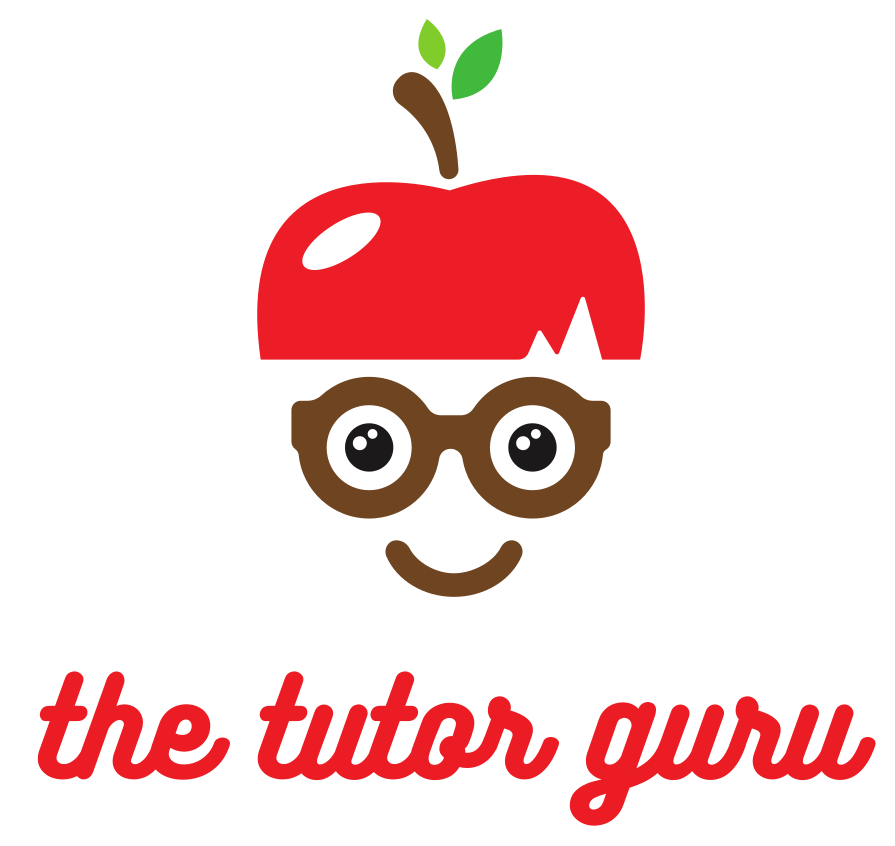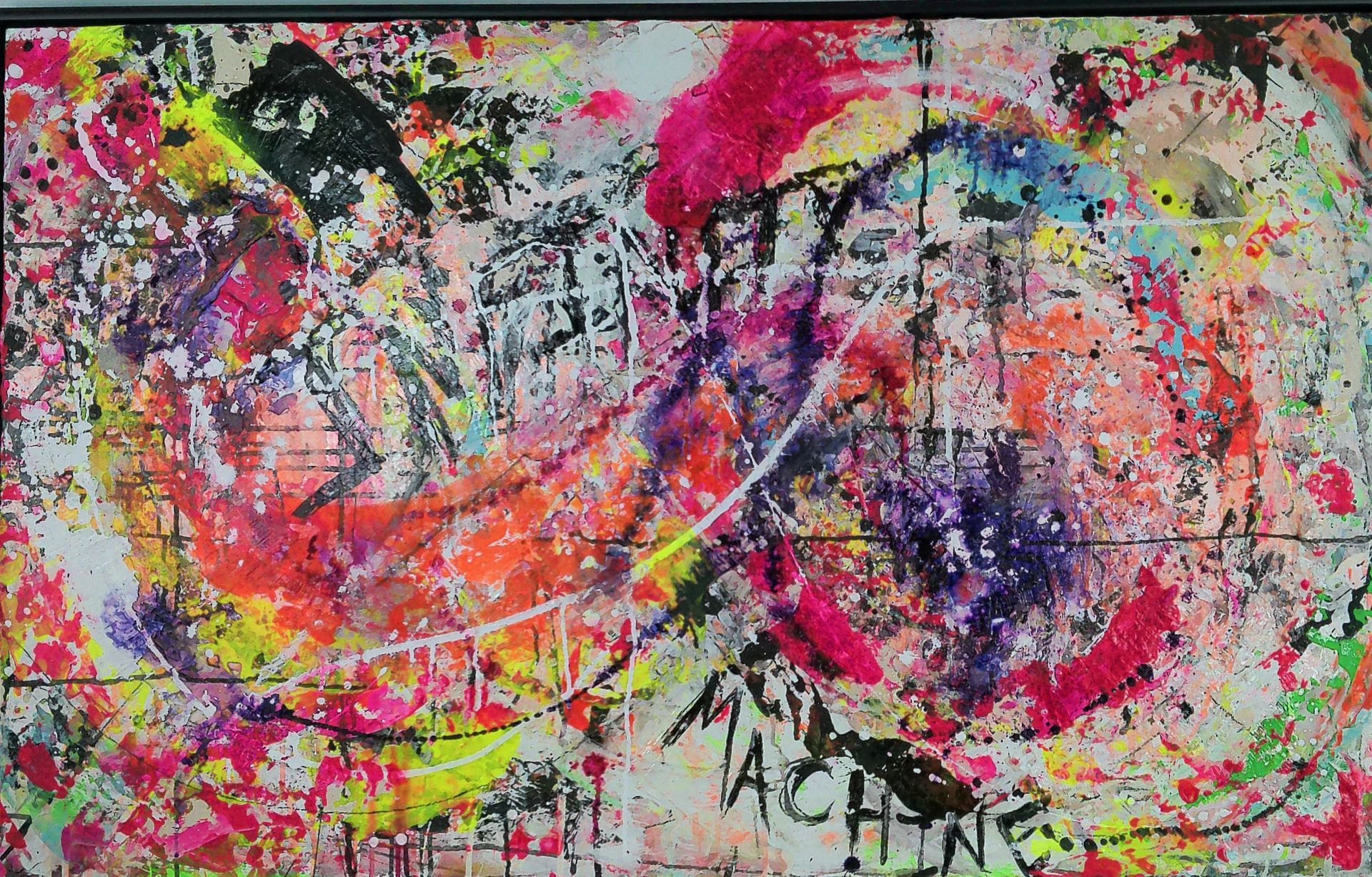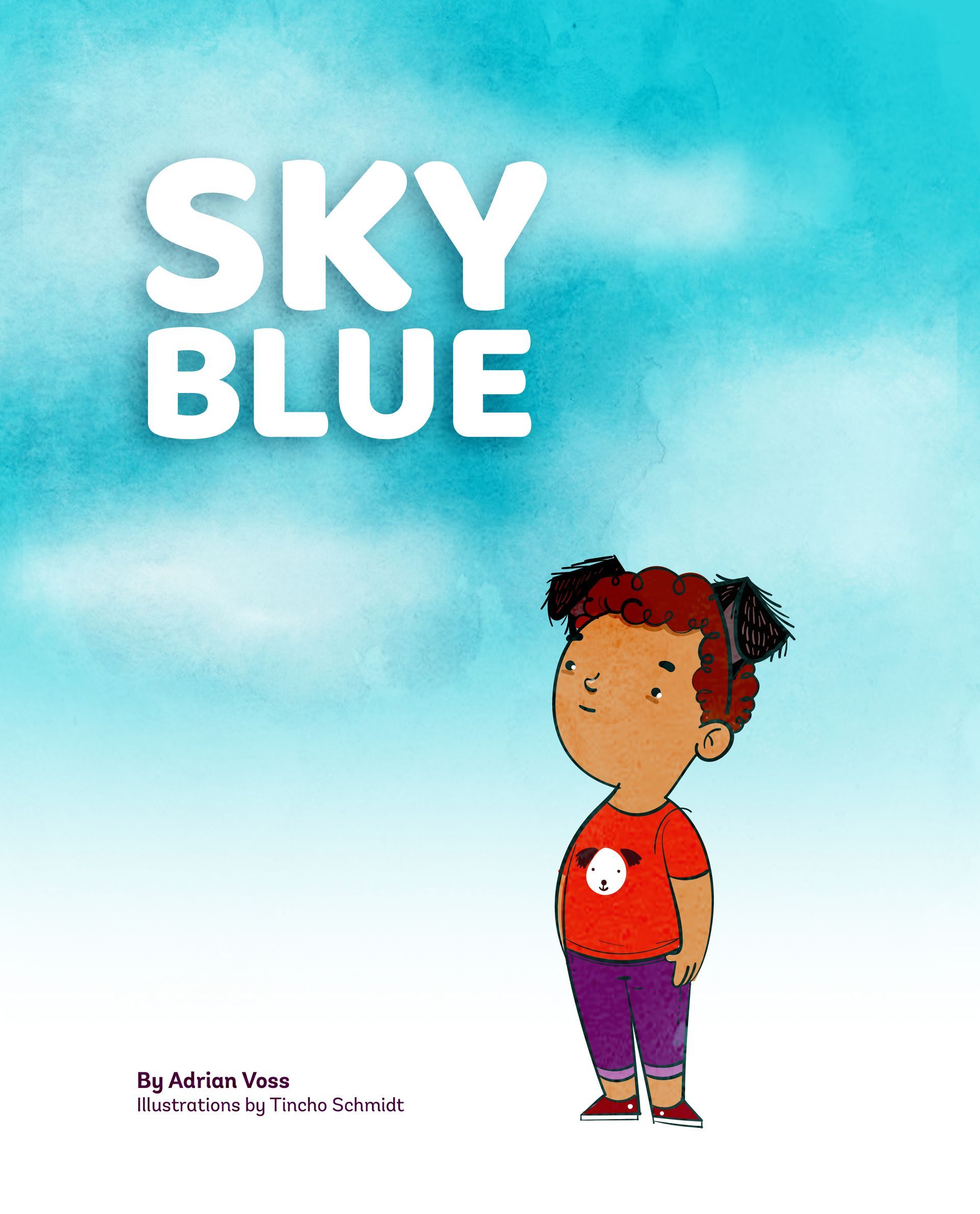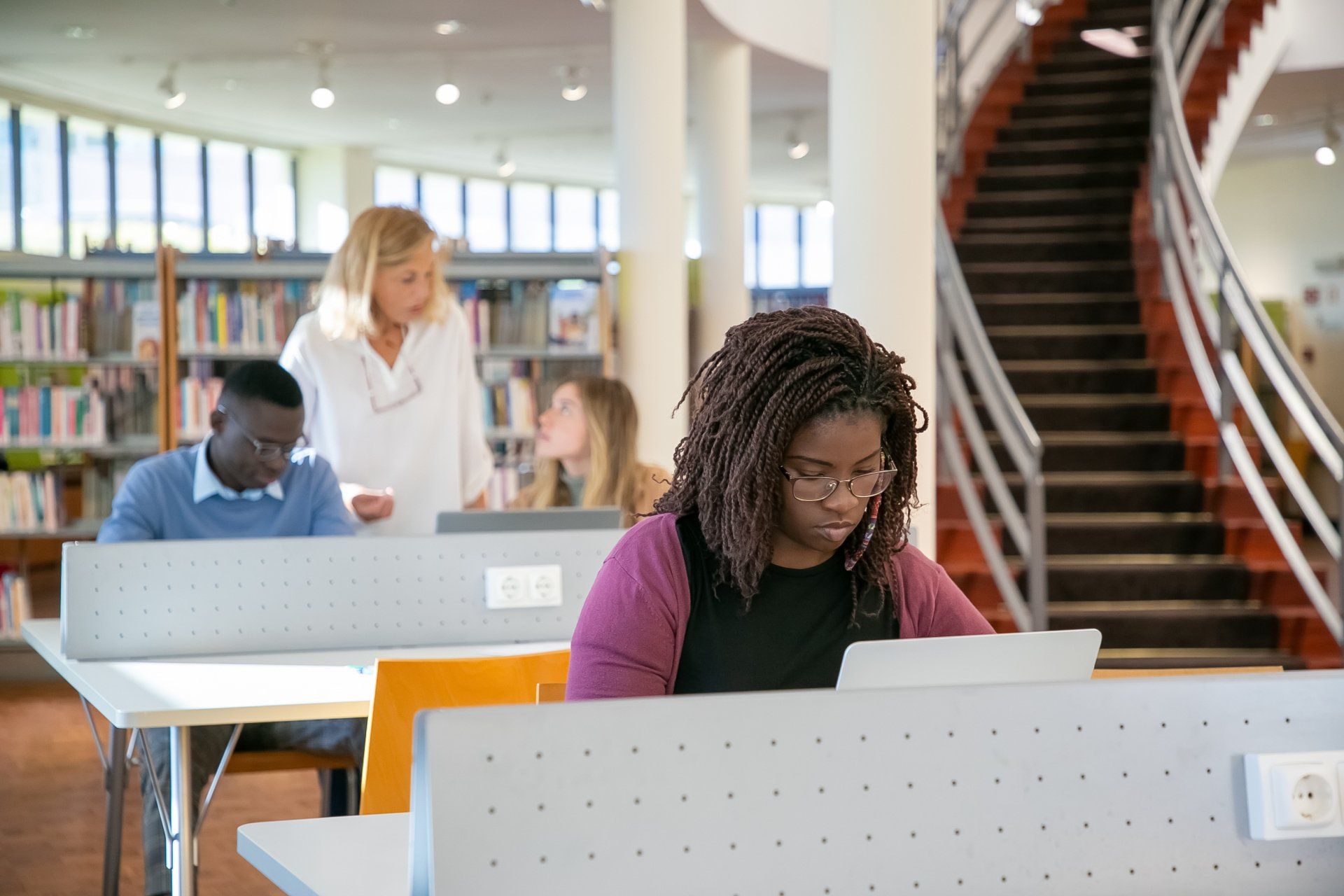Multi-Sensory Language Based Programming
A Revolutionary Approach to Learning
Multi-Sensory Language based Programming: A Revolutionary Approach to Education
Introduction
In today's fast-paced world, where technology is advancing at an unprecedented rate, it is crucial to equip the younger generation with the necessary skills to thrive in the digital era. Traditional methods of teaching programming have often been daunting and overwhelming, leaving many students disengaged and discouraged. However, there is an innovative approach to education called Multi-Sensory Language based Programming, which offers a fresh perspective and paves the way for effective and enjoyable learning experiences.
What is Multi-Sensory Language based Programming?
Multi-Sensory Language based Programming is an educational method that combines the principles of multi-sensory learning with the concepts of programming. It focuses on engaging multiple senses such as sight, sound, touch, and movement to enhance the learning process. By actively involving students in coding exercises that stimulate various senses, this approach promotes a deeper understanding of programming languages and strengthens problem-solving skills.
The Benefits of Multi-Sensory Language based Programming
1. Enhanced Retention and Comprehension
By incorporating multiple senses, Multi-Sensory Language based Programming facilitates better retention and comprehension of programming concepts. When students can see, hear, touch, and interact with the code, they are more likely to understand and remember it. This approach caters to different learning styles and ensures that students of all abilities can grasp complex programming concepts effectively.
2. Increased Engagement and Motivation
Traditional programming education often feels dry and monotonous, leading to disengagement and lack of motivation. Multi-Sensory Language based Programming injects excitement into the learning process. By integrating interactive elements and gamification techniques, students are motivated to actively participate in coding activities. This approach creates an enjoyable and immersive environment that encourages students to explore programming further.
3. Improved Problem-Solving Skills
Programming heavily relies on logical thinking and problem-solving abilities. Multi-Sensory Language based Programming enhances these skills by providing hands-on experiences and real-world examples. By solving coding challenges using multiple senses, students develop a deeper understanding of algorithms, patterns, and logical reasoning. This approach nurtures their problem-solving skills, which are valuable not only in programming but in various aspects of life.
4. Enhanced Creativity and Innovation
Traditional programming education often emphasizes hard skills while neglecting creativity. Multi-Sensory Language based Programming recognizes the importance of creativity and encourages innovative thinking. By engaging multiple senses, students are inspired to think outside the box, experiment with different approaches, and come up with unique solutions to coding problems. This approach fosters a creative mindset that is essential in today's rapidly strengthening technological landscape.
Implementing Multi-Sensory Language based Programming
The Tutor Guru Integrates Multi-Sensory Language based Programming into the online classroom through strategic planning and the right resources: Curriculum Design, Hands-on Coding Activities, Collaborative Learning, User-Friendly Tools all add to an immersive online experience.
Conclusion
Multi-Sensory Language based Programming is a pioneering approach that revolutionizes programming education. By engaging multiple senses, this method enhances retention, motivation, problem-solving skills, and creativity among students. Implementing Multi-Sensory Language based Programming requires careful planning and the integration of various resources and tools. As educators, we have the responsibility to embrace innovative teaching methods like this one to prepare students for the challenges and opportunities of the digital age.











